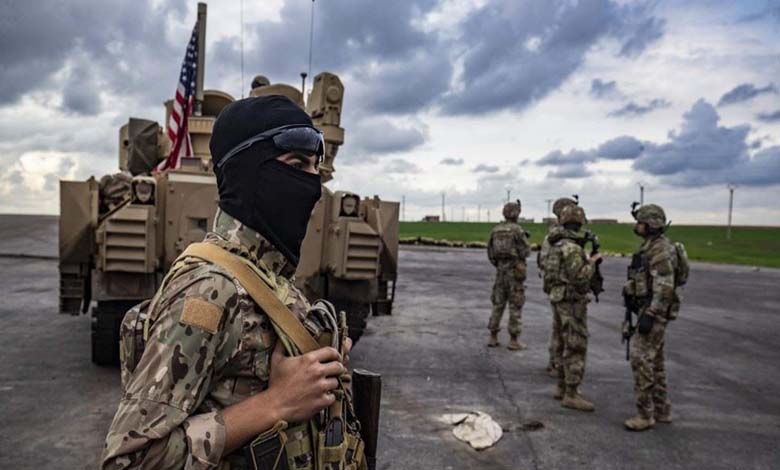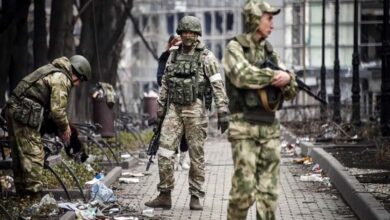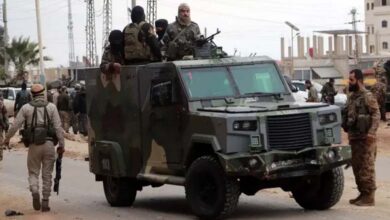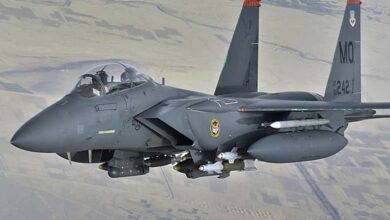Critical Points Mentioned in an American Report on the ISIS Organization

Saudi writer and journalist Mishary Dhayidi published an article in the Asharq Al-Awsat newspaper in London about the terrorist organization ISIS and its areas of presence, following the U.S. military’s announcement of a series of airstrikes against ISIS camps in Syria.
-
Report: ISIS without land but it adapts and its threats persist
-
The “ISIS Soldier”: America Concludes the “Dark Story”
Dhayidi stated that the U.S. military statement summarized the goal of these strikes as crippling ISIS’s capabilities in the region. The question remains: Why now? Or is it a routine operation as part of the international coalition’s actions against ISIS, independent of other contexts?
He added that around 900 U.S. soldiers are deployed in Syria, along with an undisclosed number of contractors. United Nations estimates indicate that ISIS still has between 3,000 and 5,000 fighters in Syria and Iraq, according to a report from last January.
-
Global Turmoil Gives ISIS a Chance to Resume Its Terrorist Activities… How?
-
Neutralization of several leaders of ISIS and Al-Qaeda organizations in Syria… Details
Regarding the international coalition against ISIS, Alan Matney, the U.S. Department of Defense coordinator for this coalition, revealed new strategies and plans to address the threats posed by this infamous global terrorist organization.
Matney stated in a report published by the Pentagon last Thursday that ISIS no longer controls significant territory, but the ideology it promotes remains alive, and the international coalition must continue to confront these threats.
-
What are the Reasons Behind the Increase in ISIS Activity in Africa and What are the Scenarios for its Defeat?
-
ISIS and the Muslim Brotherhood under surveillance: Political Islam worries Germany
Is ISIS a rigid organization, unable to evolve, adapt to surrounding changes, or adjust its propaganda methods in light of these developments? Especially since ISIS is, chronologically, the “latest” version of armed political Islam?
Alan Matney, an expert and U.S. official on the ISIS issue, said in the same report: “I think if we’ve learned anything over the past ten years, it’s that this threat doesn’t disappear; it changes and adapts.”
-
Betting on a “Breath of Life”… U.S. Officials Warn of ISIS’s Return in Syria
-
Is South Africa the Financial Hub for ISIS in Africa?
The critical point in this American report is the reference to a new geography targeted by the “Islamic State” of ISIS, far from the conflict zone in the Middle East. The report mentions that ISIS is currently facing greater difficulties operating in Iraq and Syria and is now attempting to expand into West Africa, Somalia, Afghanistan, and Southeast Asia.
Dhayidi added: We must not underestimate what is happening today in the African desert and other areas of Africa and Asia, just because the media and “social media” do not focus on them or are unaware. This ignorance or laziness in understanding does not negate the upcoming danger, which, unfortunately, will reach us sooner or later, especially if these areas become a new magnet attracting a fresh generation of teenagers or young adults barely out of adolescence.
-
“ISIS Khorasan” Has Become the Biggest Threat to Europe… Why?
-
Europe: How TikTok Has Become a Tool for ISIS to Recruit Teenagers












